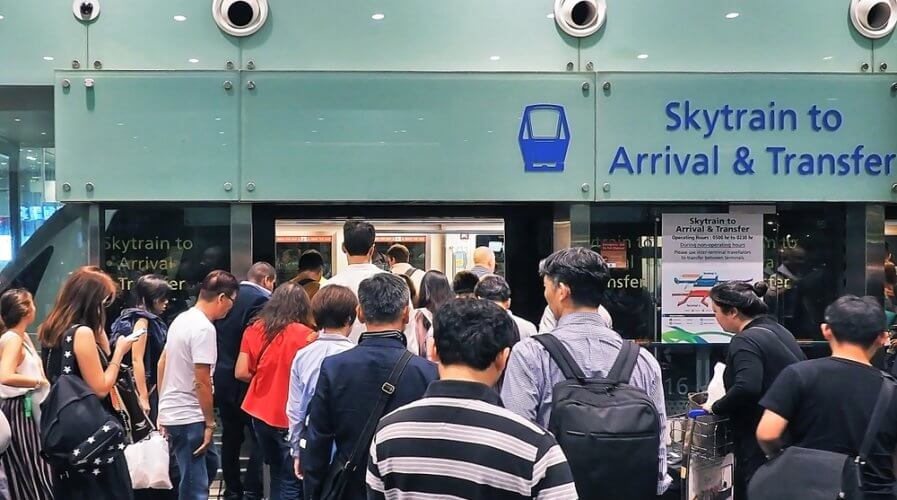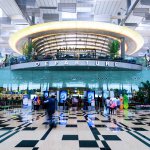
Cities are collecting data and getting smarter everyday. Source: Shutterstock
Digital twins are moving out of factories and conquering cities
MANUFACTURERS fell in love with digital twins this year. It has become a way for them to leverage IoT and fast track their industry 4.0 agenda.
However, developers, architects, and governments are waking up to realize the potential impact that digital twins can have on city planning and urban infrastructure.
In fact, it’s a trend that’s making waves in Asia as much as it is in other parts of the world.
Far away in London, engineers are creating a digital twin of a bridge in London, feeding it with real-time data from an array of sensors. They believe doing so can help monitor its condition and take preventive measures to sort out problems before they occur.
Closer to home, Singapore, India, Malaysia, and Thailand are all exploring how digital twins, in one form or another, can help improve life for residents in cities.
India, for example, has recently announced that it is developing a new smart city Amaravati in Andhra Pradesh with help from architect Foster + Partners and Surbana Jurong.
The government will be working with a software vendor to develop a digital twin to better run and manage the city. The new city in India is a US$6.5 billion project and can pave the way for the incorporation of digital twins into the fabric of other established cities in the country — to solve one problem after another.
Singapore, on the other hand, has created a US$73 million data-rich, living replica of the actual city. Dubbed Virtual Singapore, the project is expected to help developers better plan future projects by simulating its impact on the city.
The project is expected to maximize the returns of all new projects to the city and its residents — ensuring they’re optimized before they’re executed.
Virtual Singapore is also expected to facilitate collaboration among different offices in the city. If the Land Transport Authority wants to build a ramp while the town council wants to modify the gardens, the two bodies can work together to simulate the impact of each proposal and build what’s most useful to residents.
How digital twins help cities
Cities are getting more and more sensors every day. Those sensors are able to collect important information about the city, its infrastructure, and the tastes, preferences, choices, and habits of its residents.
Building a digital twin helps city planners map that data to show exactly how each of its building blocks is functioning — be it a street, a bridge, or train station, data is mapped clearly and in time, shows how people are reacting to the existing infrastructure.
It’s what helps understand when certain infrastructure is under stress — maybe traffic on certain roads are bad in the morning and in the evening because there’s heavy commercial development there, which means, they need more walkways, bridges, and access roads.
In fact, digital twins will be the foundation of the smart city of the future. It’s what will help make the most of the IoT devices that are going to be spread across the city and allow urban planners to pre-empt the needs of residents.
READ MORE
- Ethical AI: The renewed importance of safeguarding data and customer privacy in Generative AI applications
- How Japan balances AI-driven opportunities with cybersecurity needs
- Deploying SASE: Benchmarking your approach
- Insurance everywhere all at once: the digital transformation of the APAC insurance industry
- Google parent Alphabet eyes HubSpot: A potential acquisition shaping the future of CRM






